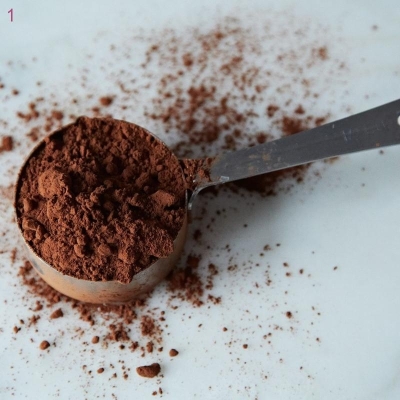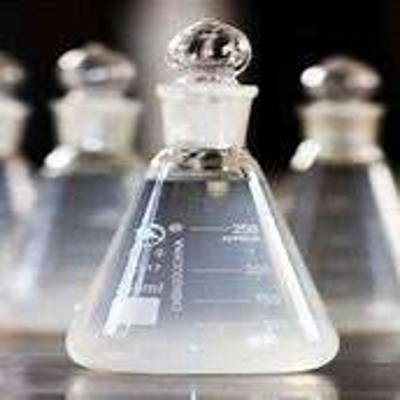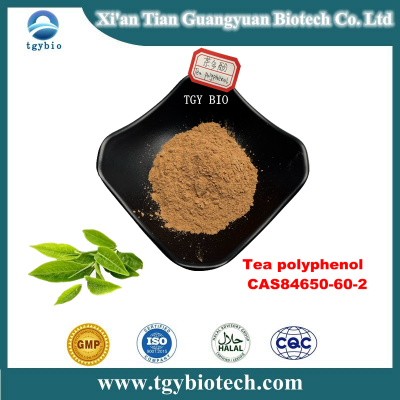-
Categories
-
Pharmaceutical Intermediates
-
Active Pharmaceutical Ingredients
-
Food Additives
- Industrial Coatings
- Agrochemicals
- Dyes and Pigments
- Surfactant
- Flavors and Fragrances
- Chemical Reagents
- Catalyst and Auxiliary
- Natural Products
- Inorganic Chemistry
-
Organic Chemistry
-
Biochemical Engineering
- Analytical Chemistry
-
Cosmetic Ingredient
- Water Treatment Chemical
-
Pharmaceutical Intermediates
Promotion
ECHEMI Mall
Wholesale
Weekly Price
Exhibition
News
-
Trade Service
On August 7, the EU's regulation to ban titanium dioxide as a food additive came into effect
Under the general trend of consumption that natural health has become the main theme, the era of green replacement of whitening agent titanium dioxide has come
Safety concerns go hand in hand with widespread use
Titanium dioxide is also called titanium dioxide.
As an inorganic substance, titanium dioxide has stable properties, opacity, excellent whiteness and brightness, and is considered to be the best white pigment
Since the addition of moderate titanium dioxide will make the white part of the food look brighter, it is often added to common foods such as chewing gum, candy, cakes, mayonnaise, ice cream, coffee mate and other products
On the other side of widespread use, there are lingering security concerns
The link between titanium dioxide and food has been close and common over the past few decades, but there have always been doubts about its safety
In 2010, a report released by the International Center for Research on Cancer found that titanium dioxide may be potentially carcinogenic to animals, which confused and nervous food regulators in many countries
In 2014, the research team of Dr.
In May 2021, the European Food Safety Authority (EFSA) released a report that, considering all available scientific research and data, titanium dioxide is no longer safe to use as a food additive
On October 13, 2021, the European Commission submitted a notification to the World Trade Organization accordingly, which stated that the use of titanium dioxide as a food additive was prohibited
A ban on titanium dioxide completely sounded the horn of the elimination of titanium dioxide in the European food industry, and many countries around the world immediately stated that they would conduct more detailed research on titanium dioxide and re-examine its safety index
Today, Gulf standards organizations including Saudi Arabia, Yemen, Qatar and other countries have decided to ban titanium dioxide, and countries such as Switzerland and South Korea have also made the same decision
Titanium dioxide, which has been whitened for decades, may face an unprecedented severe situation
Green alternative materials hit the market
In recent years, with the awakening of consumers' health awareness, the safety risks of "synthetic pigments" have begun to attract public attention
According to a recent market report released by Meticulous Research, an Indian market research company, the natural food coloring market will reach $3.
Mintel market research shows that even in the most widely used candy market, the number of new products containing titanium dioxide began to decline in 2019
.
Therefore, the market demand for titanium dioxide substitutes is on the rise, and food companies have devoted themselves to the development of related products
.
In 2017, a subsidiary of Sensient, a well-known American flavor and pigment manufacturer, developed products with similar functions to titanium dioxide
.
This is a class of natural white sunscreens that can be used in any pH environment, in any category, and is a brightening solution based on simple ingredients like starch and minerals
.
In search of a more natural alternative to titanium dioxide, many color developers opt for carbohydrates, such as rice starch or corn starch, as an entry point
.
Not only do these ingredients have an opacity comparable to that of titanium dioxide, but they are also highly acceptable to domestic consumers who have long relied on grains as their staple food
.
These ingredients are very small in particle size and fill the surface pores to provide a smooth surface, especially for candy coatings and chewing gums
.
DDW, part of Givaudan, adds opacity to soups, sauces or candies by adding starch to products; Ingredion is experimenting with rice starch as an alternative to titanium dioxide
.
In March of this year, ADM announced the development of a new natural colorant
.
The product is derived from natural cornstarch through a patented (pending) technology and incorporates a combination formula that provides a stable, bright white with a smooth texture for better sensory appearance
.
At present in my country, although titanium dioxide is still a compliant pharmaceutical excipient and food additive, the European Food Safety Authority may also trigger a chain response from the competent authorities of other countries.
Should Chinese enterprises take precautions?
In this regard, relevant experts said, "It is recommended that food companies exporting to the EU make plans and make appropriate adjustments to food formulas
.
At the same time, considering the wide application of titanium dioxide in other products, enterprises in other industries can also make targeted formula adjustments.
Avoid the expansion of prohibited areas of titanium dioxide
.
"
(Comprehensive arrangement by Yang Xiaojing)
"China Food News" (06 edition on August 15, 2022)
(Editor-in-charge: Yang Xiaojing)







